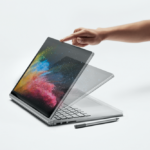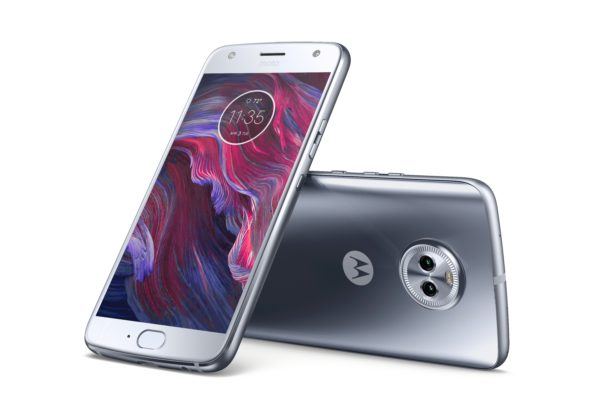
If you don’t wish to chase after the latest flagship phones, today’s mid-tier options provide a strong alternative, thanks to the competitive segment they are in. One such phone that offers value for your money is Lenovo’s Moto X4.
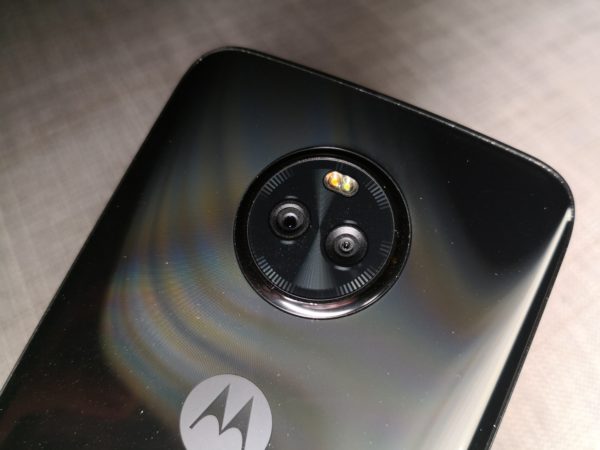
On paper at least, the Moto X4 has all the necessary power to help with the daily grind. A Qualcomm Snapdragon 630 octa-core processor, 64GB of internal storage expandable to 2TB with a microSD car slot and 4GB of RAM will ensure that most of apps that you run on the phone will run smoothly.
The surprise here is the 5.2-inch Full HD screen. When you compare the Moto X4 with other phones with an OLED screen, its cooler colour presentation and slightly darker display are obvious.
Another thing to note is that the Moto X4 is not nearly as bezel-less as some of the top end offerings we are seeing these days. Despite these weaknesses, the photos on my online gallery looked really realistic. So much that I prefer this over my Huawei Mate 10 Pro’s OLED screen.
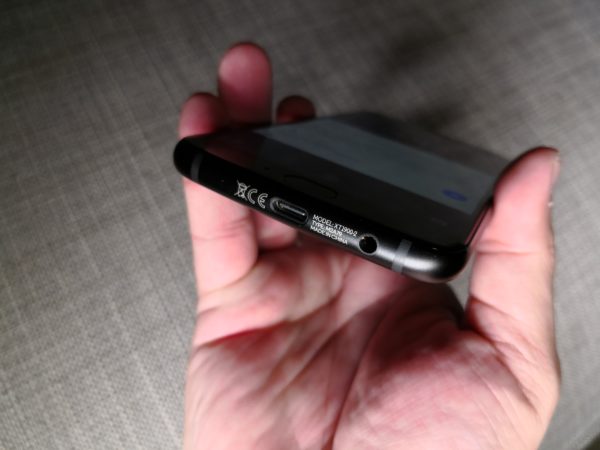
In terms of looks, the Moto X4 does try to match what’s on most top-end smartphones. There’s a shiny glass back and brushed-metal frame with a USB-C port and thankfully a regular headphone jack.
My main complaint is the camera module with its huge circular shape jutting out of the back. Much better if it can be flush with the rest of the phone.
Overall, the aesthetic design of the phone is not too bad but it certainly won’t win any beauty contests today. Thank goodness the whole phone feels good in the hand.
Okay, one more thing for Lenovo to improve on, in terms of usability – the fingerprint sensor. Placed at the front like many older designs, it feels a lot less intuitive than ones that are on the back of the phone.
On my first try, I nearly dropped the phone while trying to unlock the screen. I know this is a subjective preference but personally, I find it a lot easier to hold a phone stably if I don’t have to bring my thumb onto the front of the screen.
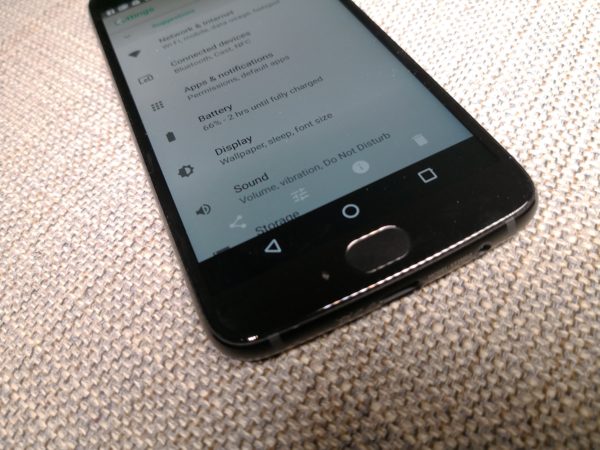
Where the Moto X4 scores high in terms of usability is its software interface. It is actually part of the Android One initiative, which means you will have the stock Android experience without all the extra apps that manufacturers put into the phone.
Like the Xiaomi Mi A1, the other Android One phone available in Singapore, the Moto X4 offers a simple and direct way to access its features.
I can get to all the settings in the phone without diving into tedious sub-menus. And the sweetest part of the Android One programme is that the Moto X4 will have at least two years of Android upgrades along with security patches.
Being tied to Google’s latest software efforts also means it comes with some cool features. For example, it features some of the artificial intelligence (AI) features often talked up in high-end models.
To my surprise, the Moto X4’s AI works pretty well, for example, in recognising a subject in an image. I did a quick test at my local cafe and the phone recognised the brand of beer I had snapped and even showed some useful search results!
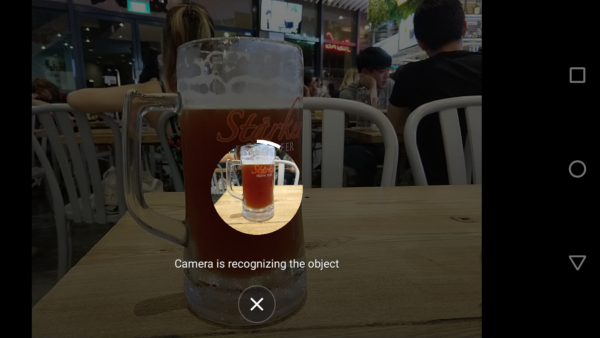

The Moto X4’s main camera comes with two capturing systems, one with a “normal” lens with a 12-megapixel sensor and another with a super wide-angle lens with an 8-megapixel sensor to capture more of the scene. For selfies, you get a separate front-facing camera with a useful 16 megapixels to capture enough details.




The images taken by the main camera are actually quite good. Shots in various lighting conditions are impressive. For evidence, look at the sunlit piece of barbecued pork with the glistening sauce on top (below).
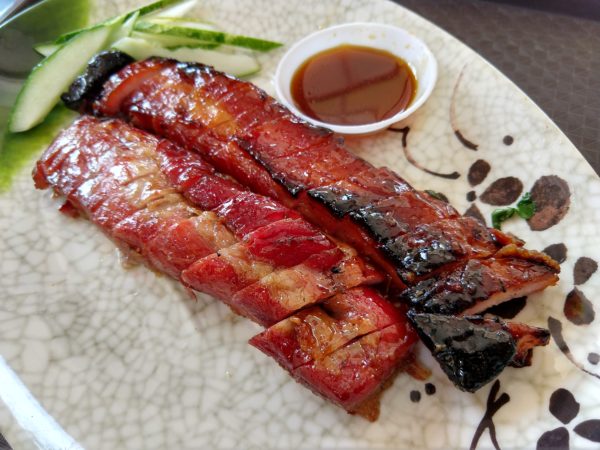

The front-facing camera isn’t too shabby, either. Indeed, some of the selfies taken on the Moto X4 among the best I have seen, especially without the artificial look of “beauty mode”.
The bad news is that it can be inconsistent at times. While you get good skin tone with the auto white balance, even in artificial light. you sometimes find the colour a little “wonky” with mixed lighting.


If you are looking for an able camera with good controls, the Moto X4, unfortunately, are not the best in the market. They have concentric arcs that control various aspects of the camera but your thumb has to stretch quite far to adjust the furthest controls while holding the phone in landscape orientation.
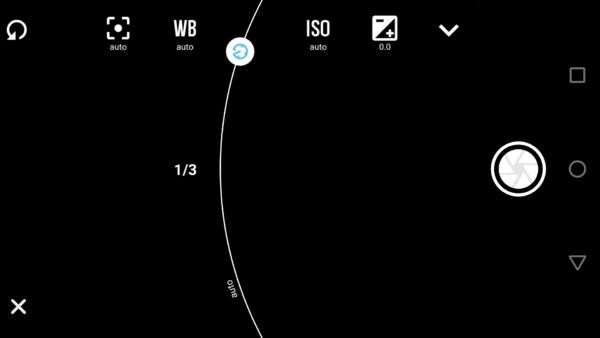
For all these tasks, the Moto X4 has a 3,000mAh battery to handle them. My experience with the usual social media updates, photo taking, streaming music and videos was good. Very good, in fact.
Even after a day of shooting at the Singapore Airshow, I still had 66 per cent of juice left. Having no bloatware clearly helps.
However, the processor does buckle under very demanding apps such as the Hitman Sniper game that took much longer to load when I fired it up. The phone also took longer to process 360 images from the attached Insta360 camera than my Huawei Mate 10 Pro.
Available in blue and black, the Moto X4 is going for S$599, which is on the higher side of a mid-end phone. Can you stretch your dollar and go for a flagship like LG’s albeit older G6 (S$699 on Lazada) Huawei’s Mate 10 (S$745)? Yes, you can.
However, if you have a strict budget to adhere to, the Moto X4 offers bang for buck. Being an Android One phone is also a big plus for the Moto X4, especially to users who want a clean Android interface that is updated regularly. That could be a key differentiator.

